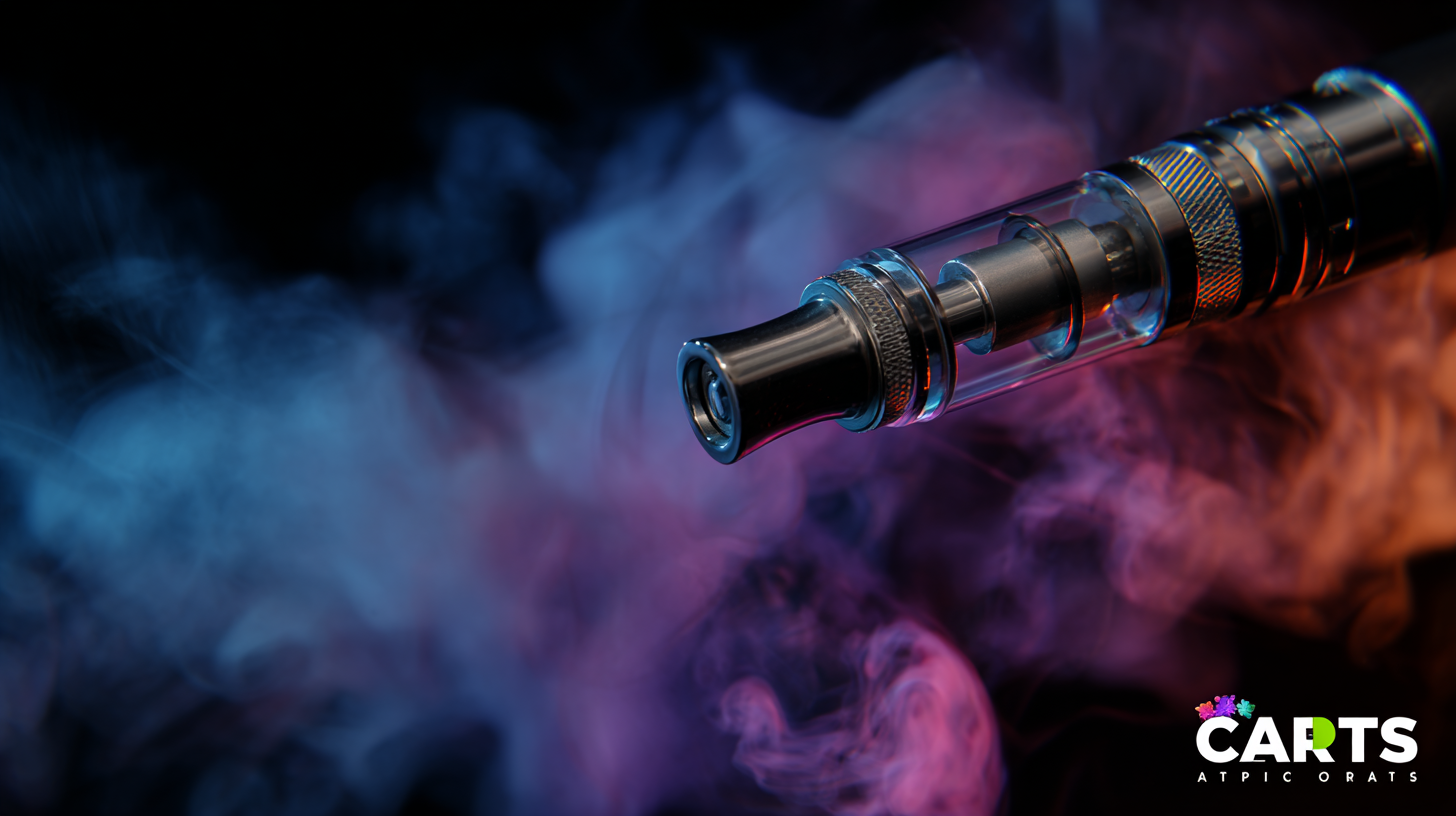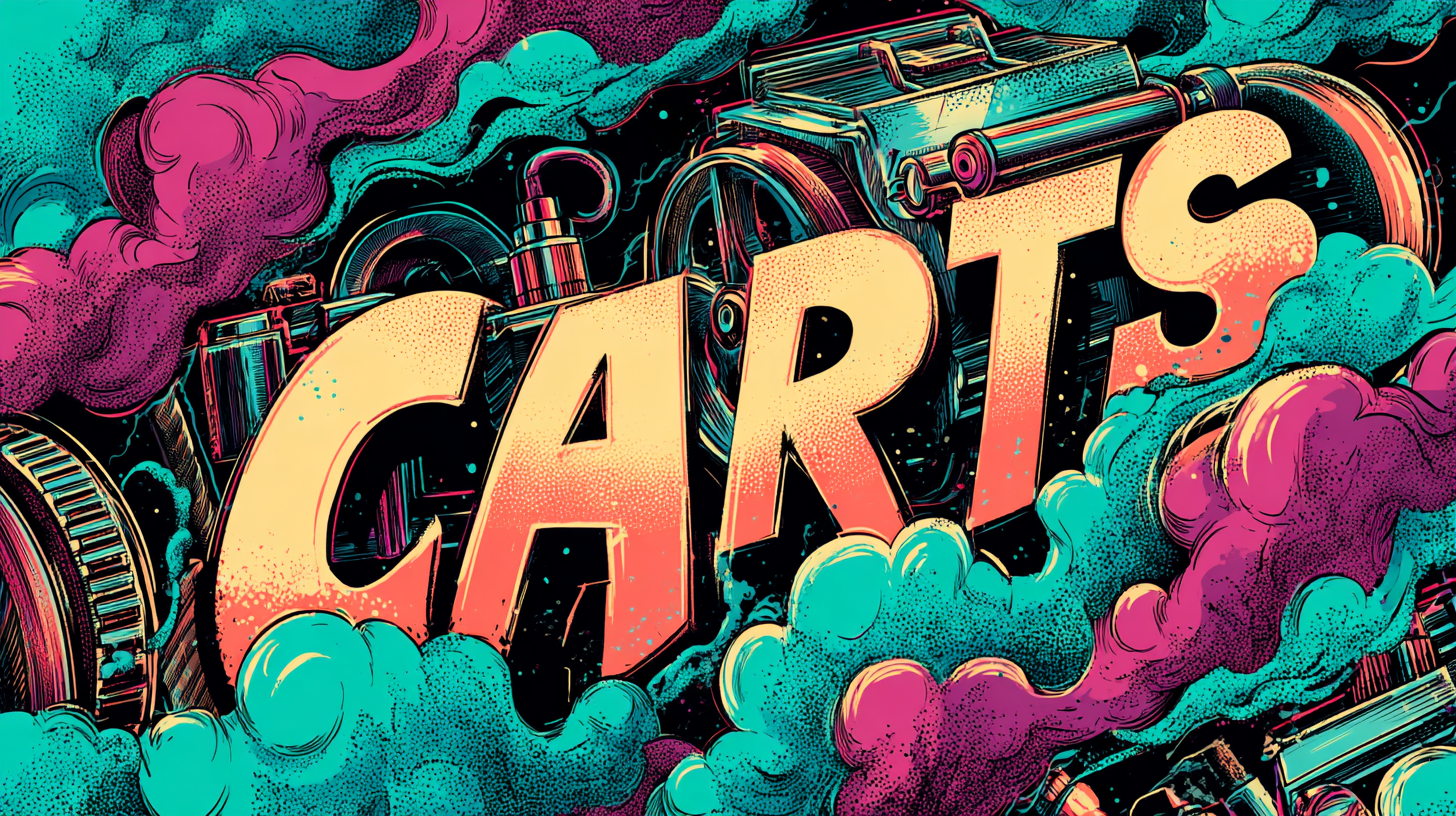Exploring Superior After Sales Support and Repair Costs in the Future of Best Carts Vape
As the Carts Vape market continues to expand, reaching an estimated value of $5 billion by 2025, delivering outstanding after-sales support and managing repair costs have become pivotal for manufacturers and retailers alike. With the rapid adoption of vaping products, customer expectations have elevated, pushing companies to prioritize not just product quality but also post-purchase service. According to a recent industry report, 73% of consumers indicate that good after-sales support significantly influences their brand loyalty, underscoring the necessity for businesses to invest in robust support systems. Alongside this, the rising complexity of vape devices has led to an increase in repair inquiries, making it crucial for companies to streamline their repair processes without compromising on service quality. This blog aims to delve into the future of best practices in after-sales support and the management of repair costs within the dynamic landscape of the Carts Vape industry.

Exploring the Evolution of After-Sales Support in Vaporizer Devices
The evolution of after-sales support in vaporizer devices is a crucial factor that can significantly influence consumer experience and loyalty. With the vaping industry experiencing explosive growth, evidenced by around 4.5 million regular vapers in the UK alone, the demand for efficient and effective customer service systems has never been higher. As the market continues to mature, brands must prioritize comprehensive after-sales support to address issues ranging from device malfunctions to user education on responsible usage. Enhanced customer support not only solidifies brand reputation but also fosters a community of informed users who can maximize their vaping experience.
In addition to after-sales support, repair costs remain a critical consideration for consumers. With nearly 3,000 specialist vape stores in the UK and a plethora of online retailers, the financial implications of maintaining vaping devices are significant. Industry reports suggest that the average lifespan of a vaporizer can be reduced without proper maintenance, leading to increased costs for consumers. As vaping technology evolves, manufacturers must also innovate solutions for sustainable practices, striking a balance between user satisfaction and environmental consciousness. This burgeoning focus on after-sales service and repair sustainability will likely define the future landscape of the vaping market, meeting both consumer expectations and regulatory demands effectively.
Exploring Superior After Sales Support and Repair Costs in the Future of Best Carts Vape - Exploring the Evolution of After-Sales Support in Vaporizer Devices
| Support Aspect | Current Costs (USD) | Future Projections (USD) | Customer Satisfaction (%) |
|---|---|---|---|
| Technical Support | $100 | $150 | 85% |
| Repair Costs | $50 | $75 | 80% |
| Warranties Offered | $10 | $20 | 90% |
| Return Shipping | $15 | $25 | 75% |
| Customer Support Response Time | 2 hours | 1 hour | 88% |
Impact of Repair Costs on Consumer Satisfaction in the Vape Industry
In the rapidly evolving vape industry, after-sales support and repair costs play a crucial role in shaping consumer satisfaction. As vapers seek reliable products, the importance of a robust support system becomes evident. When customers encounter issues with their devices, prompt and effective after-sales assistance can significantly enhance their experience. Brands that prioritize customer service and provide transparent repair cost structures are likely to foster loyalty and retain their consumer base.
High repair costs can deter users from investing in certain vape brands, making it essential for companies to find a balance that keeps customers satisfied while managing their operational expenses. Transparent pricing for repairs, combined with efficient turnaround times, reflects a brand’s commitment to its consumers. When customers feel they are receiving value for their money, it leads to higher satisfaction ratings and positive word-of-mouth marketing. The future of the vape industry hinges not only on product innovation but also on maintaining strong customer relationships through exceptional support and competitive repair cost management.
Comparative Analysis of Repair Services: Best Carts Vape vs. Competitors
As the vape market continues to evolve, the importance of after-sales support and repair services becomes increasingly crucial for consumers seeking the best products. In examining the repair services of the Best Carts Vape in comparison to its competitors, several key factors emerge that set it apart. Best Carts Vape not only provides extensive warranty options but also offers streamlined communication channels for users facing issues. This proactive customer support model ensures that their clients can access timely assistance, enhancing user satisfaction.
Moreover, repair costs play a significant role in determining the long-term value of vaping products. Best Carts Vape has been recognized for its transparent pricing structure when it comes to repairs, contrasting sharply with some competitors who often have hidden fees or convoluted processes. By providing clear and upfront estimates, Best Carts Vape empowers its customers with the knowledge needed to make informed decisions. This focus on customer-centric policies not only reinforces brand loyalty but also positions Best Carts Vape as a leader in the competitive landscape of vaping products.
Industry Trends: How After-Sales Support Influences Brand Loyalty
In today's competitive market, after-sales support is pivotal in influencing brand loyalty, especially in the evolving vape industry. Recent reports indicate that the customer loyalty management software market is projected to continue growing, highlighting the critical role of effective after-sales service in maintaining a loyal customer base. As brands transition from merely offering quality products to providing exceptional experiences, understanding customer needs becomes paramount. A recent trend suggests that customers are increasingly aligning themselves with companies that reflect their values and beliefs, rather than solely focusing on service.
**Tips:** Invest in customer loyalty software to track feedback and enhance service quality. Engage customers through surveys to understand their needs better and adapt your services accordingly.
Moreover, the rise of AI in enhancing customer interactions cannot be overlooked. Reports suggest that AI-driven solutions are reshaping shopping experiences, which further emphasizes the need for brands to leverage technology. Providing seamless support and nurturing relationships through informative communications can significantly strengthen brand loyalty in the long run.
**Tips:** Utilize AI tools for personalized after-sales communication. Implement chatbots for immediate customer queries, enhancing the overall support experience.

Understanding the Financial Implications of After-Sales Care in Vaping Products
The financial implications of after-sales care in the vaping industry have become increasingly significant as demand for vaping products rises. According to a recent report by Grand View Research, the global vaping market is expected to reach $47.11 billion by 2026, emphasizing the need for robust after-sales support. The growing competition necessitates brands to not only focus on product innovation but also integrate a comprehensive after-sales strategy, which includes repair costs and customer service.
Companies that invest in superior after-sales support can see a direct correlation with customer retention rates. A study from Bain & Company highlights that increasing customer retention by just 5% can lead to an increase in profits ranging from 25% to 95%. With vaping devices' intricate technology, manufacturers must prepare for potential repairs and replacements; data from IBISWorld indicates that the average repair cost for electronic devices stands at approximately 15% of the product's initial price. Therefore, prioritizing after-sales care is not merely an operational strategy but a financial necessity that can foster brand loyalty and sustainable growth in the evolving vaping landscape.
